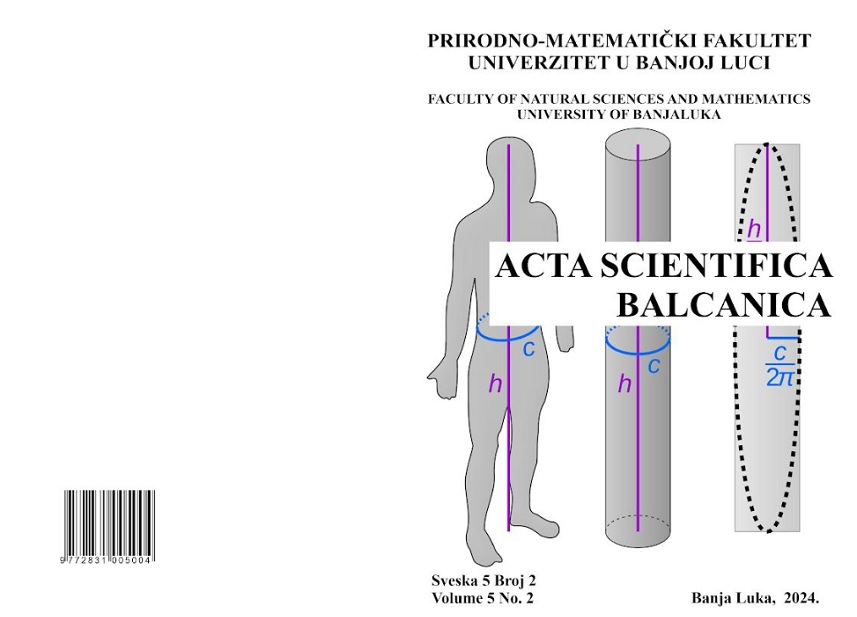FREQUENCY OF V600E MUTATION IN BRAF GENE AMONG PATIENTS WITH METASTATIC MELANOMA
DOI:
https://doi.org/10.63356/asb.2024.003Keywords:
metastatic melanoma, molecular analysis, BRAF V600E mutation, gender and age categories of patientsAbstract
This paper presents an overview of the frequency of V600E mutation in BRAF gene among patients with metastatic melanoma during the period from 2014 to 2018 at the University Clinical Centre in Banja Luka. Detection of mutations in BRAF gene was performed on 393 FFPET (formalin-fixed, paraffin-embedded tissue) skin tissue samples using the BRAF test through PCR (polymerase chain reaction) a standardized method for clinical analyses. Histopathological and molecular analyses of all samples were conducted at the Laboratory for Immunohistochemical and Molecular Diagnostics, Institute of Clinical Pathology, University Clinical Centre in Banja Luka. Study results clearly indicate that more than half of patients with metastatic melanoma carry V600E mutation in BRAF gene. Analysis confirms that high-quality quantity of DNA was successfully isolated from a large number of FFPET skin samples for mutation testing. Over the five-year study period, a statistically significant higher number of men than women were diagnosed with metastatic melanoma. Regarding the presence of mutations in the BRAF gene in relation to gender, frequency of BRAF+ and BRAF- samples was equal among men, while women had more BRAF+ samples compared to BRAF-. The average age of all patients with metastatic melanoma from the University Clinical Centre in Banja Luka was relatively low, only 58.62 years. The age group with the highest frequency of metastatic melanoma patients was between 55 and 65 years. BRAF V600E oncogenic mutations are among the most commonly identified molecular alterations in genomes of patients with metastatic melanoma and serve as the basis for selecting the best therapy. Detection of BRAF V600E mutations is an extremely applicable and widely used method that provides excellent results in clinical practice for selecting the optimal combination of cytostatic and treating metastatic melanoma today.
